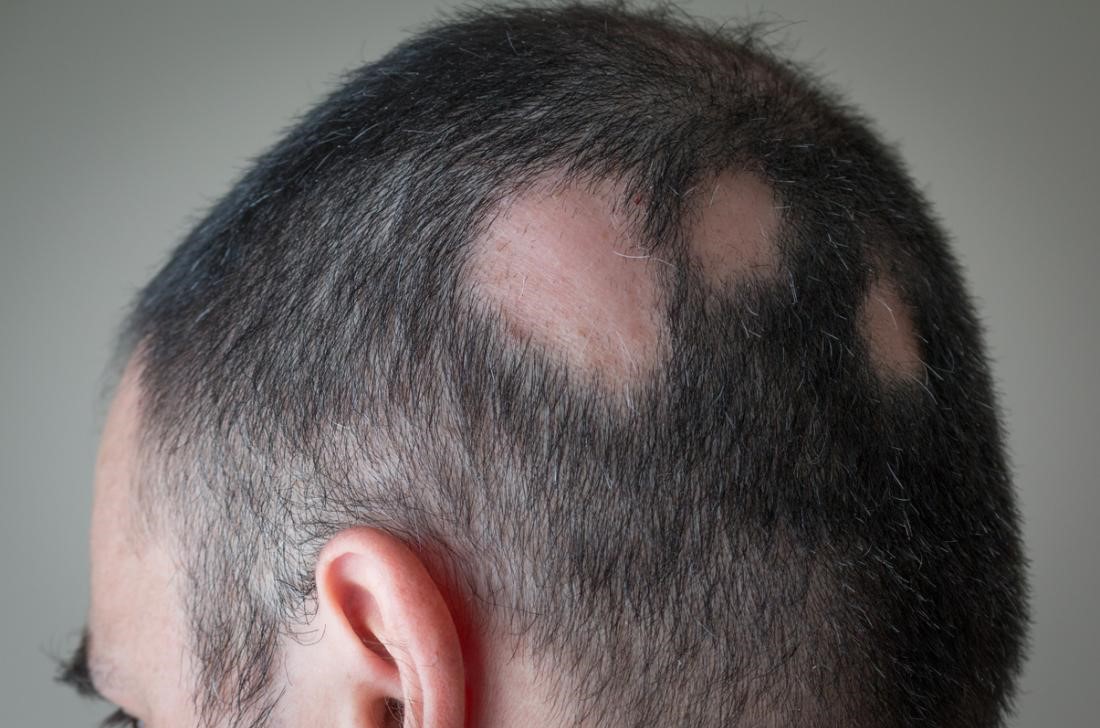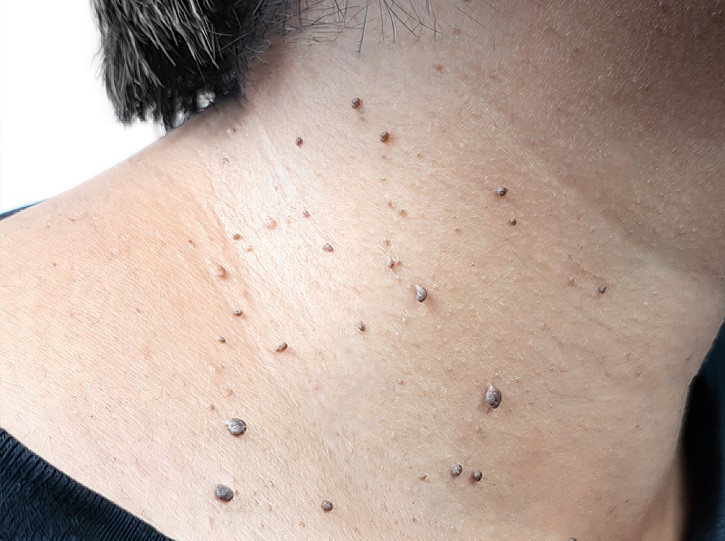Medical Dermatology
We diagnose and treat several types of skin conditions, helping you find relief from uncomfortable, embarrassing, or worrisome issues.

Alopecia Areata
Alopecia areata, commonly known as "ghost shaving" in colloquial terms, is a type of sudden patchy hair loss. It typically presents as circular or oval-shaped bald patches on the scalp, ranging in diameter from 1cm to 10cm, with varying numbers and clear boundaries. The skin in the affected areas appears smooth without inflammation, and the hair at the edges of the bald patches is easily plucked out. Alopecia areata can occur on the scalp, as well as on eyebrows, beard, and other areas. Apart from hair loss, there are usually no other noticeable symptoms.

Eczema
Eczema is a common chronic skin inflammation characterized by symptoms including dryness, itching, redness, swelling, scaling, and rashes. Eczema is typically caused by abnormal immune system reactions of the skin or genetic factors. It may result from various factors such as allergies, environmental triggers, or emotional stress. There is no cure for eczema, but symptoms can be managed through moisturizing, avoiding irritants, medication, and lifestyle changes. In severe cases, professional medical treatment and management may be necessary.

Vitiligo
Vitiligo is a chronic skin disorder characterized by patches of depigmentation, resulting in white spots on the skin due to the loss or dysfunction of pigment cells (melanocytes). These patches typically appear on the surface of the skin but can also occur on the hair, eyes, and oral mucosa. The exact cause of vitiligo is not fully understood but may involve autoimmune factors, genetic predisposition, environmental triggers, and neurotransmitters. Currently, there is no cure for vitiligo, but its appearance can be improved through treatments such as medication, phototherapy, pigment implantation, and laser therapy. While vitiligo itself does not lead to other health issues, it can impact the psychological and social well-being of patients, highlighting the importance of psychological support and coping strategies.

Skin Tags
Skin tags are a common skin issue, typically small, soft, flesh-colored protrusions that are often oval or round in shape. They usually match the surrounding skin color or may be slightly darker. Skin tags commonly occur in areas where the skin rubs against itself, such as the neck, armpits, chest, abdomen, and groin. Skin tags are generally harmless but may sometimes be considered cosmetically undesirable or cause discomfort. They usually do not require treatment, but if they become bothersome or unsightly, they can be removed through procedures such as surgery, freezing, cauterization, or other medical methods.

Tinea Pedis
Athlete's foot, also known as tinea pedis or foot fungus, is a common fungal infection that typically affects areas such as the soles of the feet, spaces between the toes, and the tops of the feet. It causes symptoms like itching, burning, redness, blistering, and scaling. This infection is often caused by factors such as warm, humid environments, tight-fitting shoes, sweaty feet, and contact with an infected individual.

Acne
Acne is a common skin condition that typically occurs during adolescence but can also affect adults. It mainly arises from the blockage of hair follicles and sebaceous glands, resulting in symptoms such as blackheads, papules, pustules, and cysts. Acne commonly appears on areas like the face, chest, back, and shoulders. Although acne is not life-threatening, it can cause discomfort and impact self-esteem for those affected. Treatment methods include maintaining skin hygiene, medication, and topical treatments, while severe cases may require intervention by a healthcare professional.